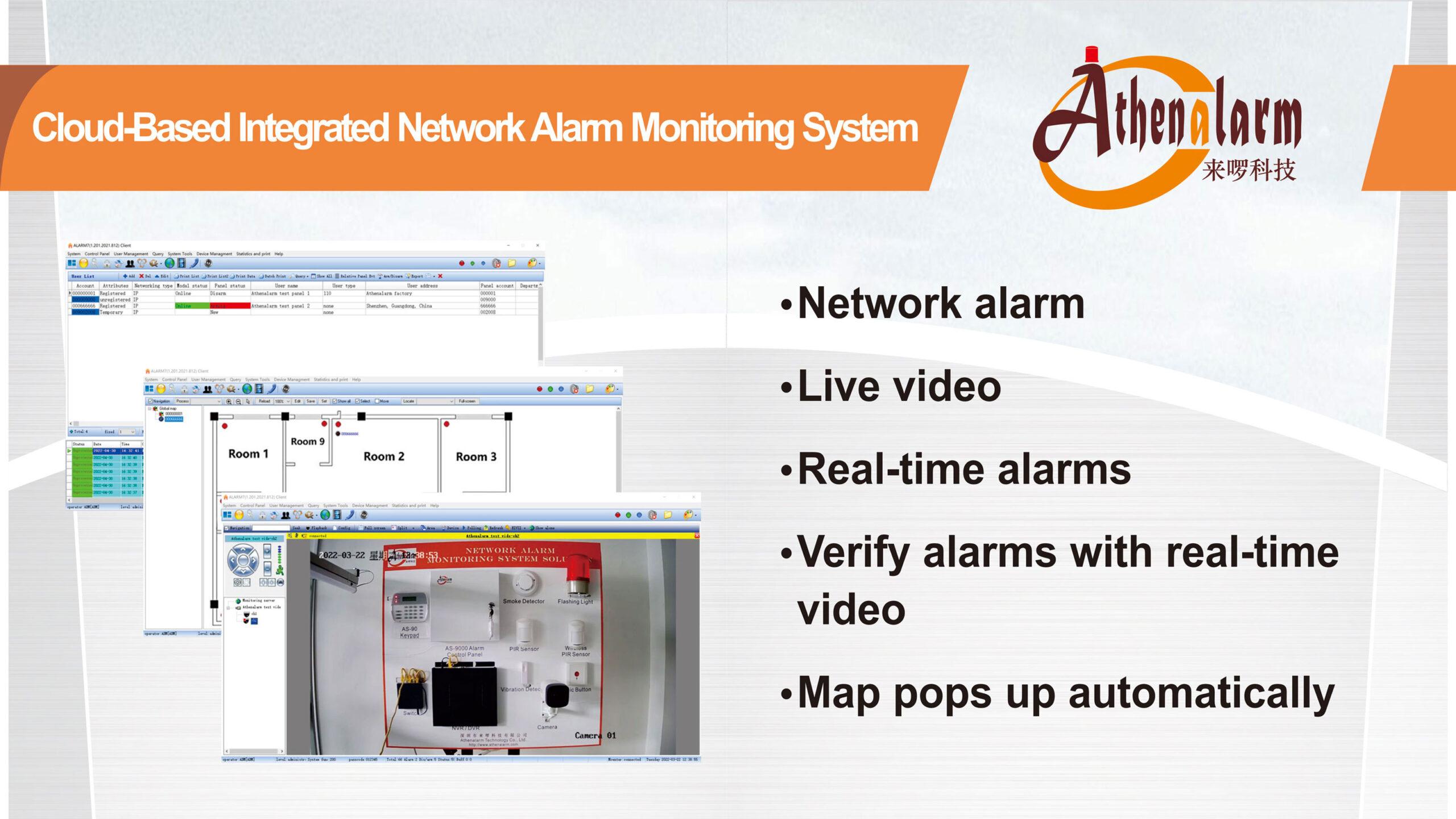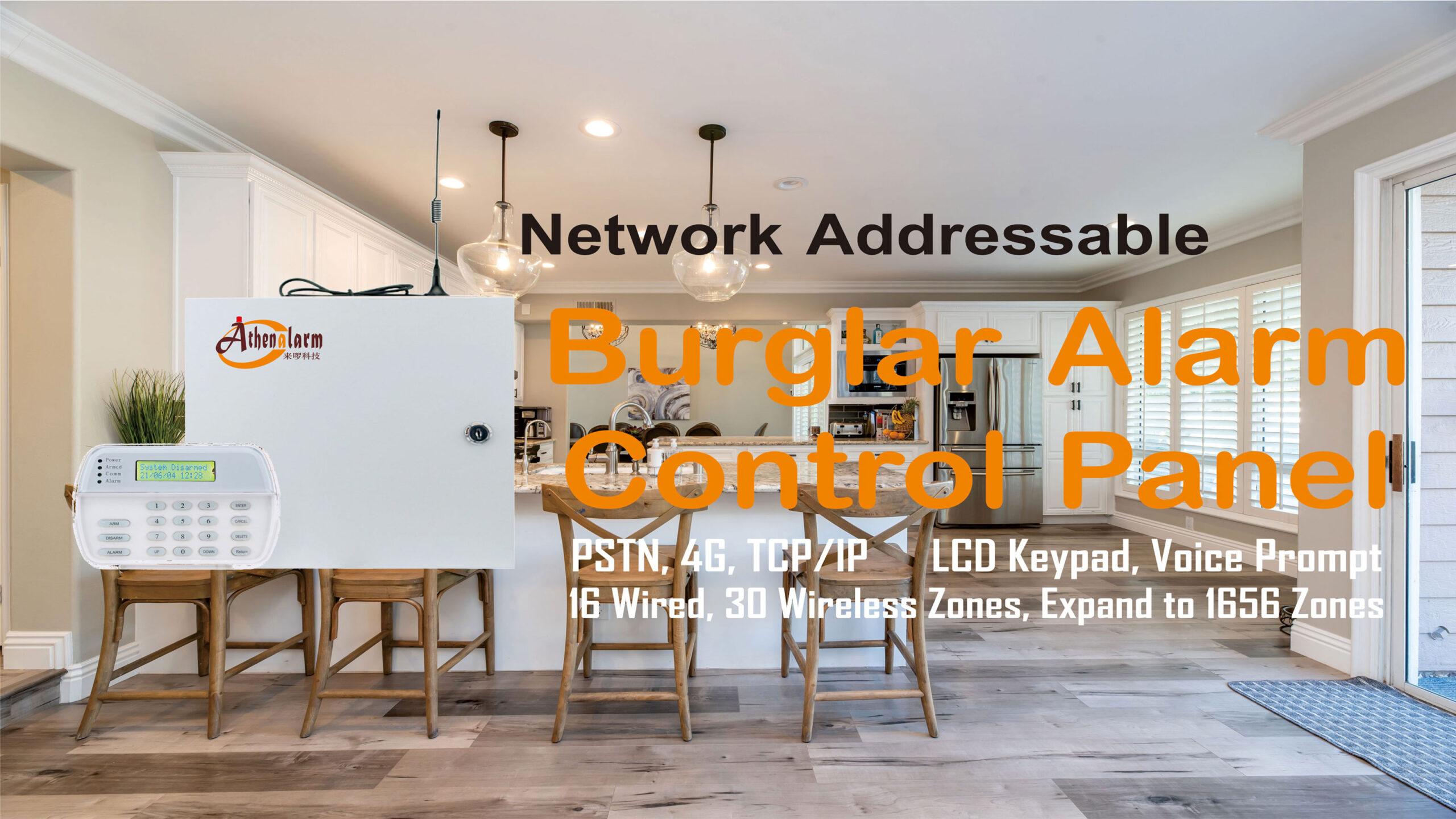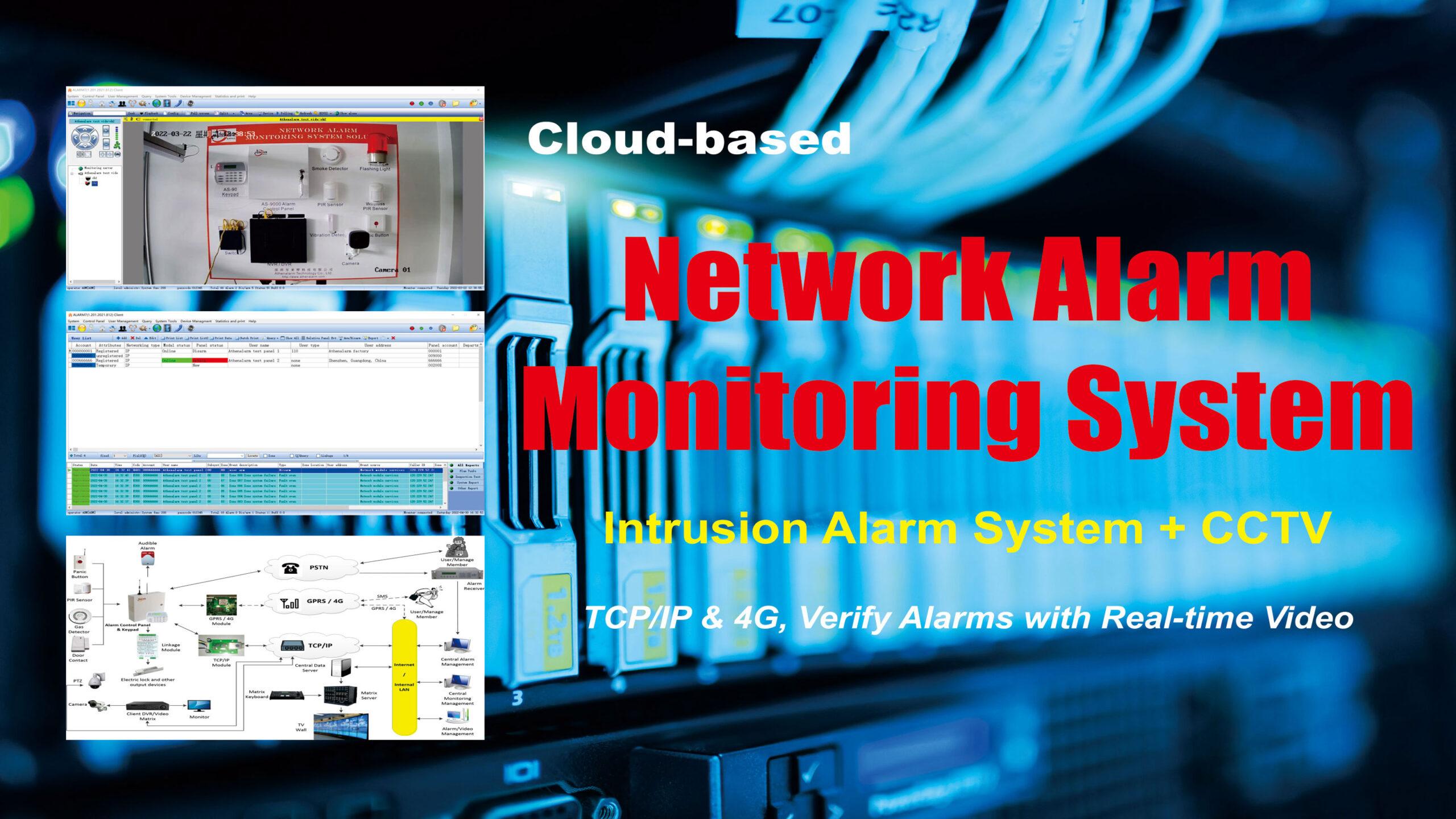



The Type of Zone of the Security System Control Panel
The zone is the most basic feature of the security system control panel. It is the connection port between the front-end detector and the security system control panel, and can distinguish the smallest spatial unit of alarm events. On the other hand, whether it alarms or emits an alarm sound is a logical judgment made by the security system control panel by detecting the resistance value of the zone circuit. It can be divided into the following types of zones.
1 Divided by whether there is a delay time for alarm in the zone: instantaneous zones and delay zones.
- Instantaneous zone: In the arming state, as long as the detector connected to the zone is triggered, the security system control panel will immediately generate an alarm without any delay time.
- Delay zone: In the arming state, the detector is triggered within the delay event, and if it exceeds this delay time, an alarm will be triggered.
2 According to the installation location and prevention functions of intrusion detectors, they can be divided into internal zone, entry and exit zone, perimeter zone, day and night zone, 24-hour zone, fire alarm zone, etc.
- Internal zone: Internal follow zone, internal delay Zone.
- Entry and exit zone: Used to monitor entry/exit points. After arming, the security system will provide a certain delay time for entry and exit zones. After the exit delay time ends, the delay zone will be triggered. When entering the delay zone, the security system control panel will emit a beep during the delay time, which serves as a warning signal for the disarming system. The system must be disarmed within the set delay time, otherwise an alarm will sound. This type of zone is applicable to the necessary areas where users must pass through the keypad for entry/exit operations.
- Perimeter zone: Used to protect the perimeter of the main protected objects, such as external windows, balconies, walls, etc., and can be regarded as the first line of defense in the zone.
- Day and night zone: It is in a 24-hour arming state. But the alarming mode of the security system control panel is different during the day and night. When the detector is triggered: during the day, when the detector is triggered, it will sound an alarm through the keypad to attract people’s attention. At night, when the detector is triggered, an alarm is immediately triggered.
- 24-hour zone: The detectors working in this zone are in a 24-hour arming state and will not be affected by arming or disarming operations. Once triggered, they will immediately sound an alarm without any delay. It is divided into 24-hour silent alarm zone, 24-hour audible alarm zone, and 24-hour auxiliary alarm zone.
- Fire alarm zone: The fire alarm zone must be set as a 24-hour zone. When the fire alarm zone is triggered, in addition to the sound and light alarm on the keypad, external alarm signals will emit a loud and special alarm sound.
